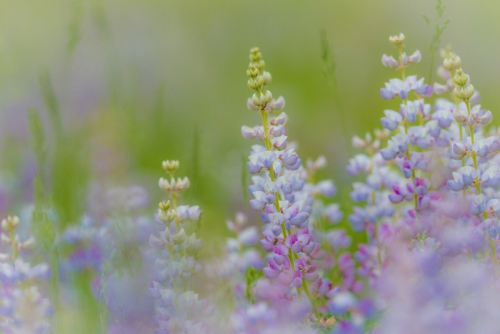Natural Community Plant Lists

Lists of characteristic plants were primarily compiled from field data collected on each of the natural communities, but were also informed by literature review. Especially helpful resources for compiling the plant lists were Field Manual of Michigan Flora (Voss and Reznicek, 2012), and Michigan Flora Online (Reznicek et al. 2011), which include specific habitat information for most plants; the “Floristic Quality Assessment for Michigan” (Herman et al. 2001); and the USDA Plants Database, Natural Resources Conservation Service (USDA 2013). The scientific nomenclature used in this book follows the Field Manual of Michigan Flora, and plants were organized by life form or physiognomy following the designations of the Michigan Flora Online. Plant species were selected for inclusion in the lists of characteristic species if they frequently occur in a particular natural community type, and especially if they are known from few other community types. As such, plants that occur in a very broad range of community types were sometimes excluded from the lists in favor of species that may be better indicators of particular natural community types because of their narrow niche requirements. Bryophytes (namely, mosses) and lichens are included in these lists where we have survey data or supporting literature. However, the relationship of prevalent bryophytes and lichens and natural community types needs further study.
Plant Lists by Natural Community Type
- Alvar
- Bog
- Boreal Forest
- Bur Oak Plains
- Cave
- Clay Bluffs
- Coastal Fen
- Coastal Plain Marsh
- Dry Northern Forest
- Dry Sand Prairie
- Dry Southern Forest
- Dry-Mesic Northern Forest
- Dry-Mesic Prairie
- Dry-Mesic Southern Forest
- Emergent Marsh
- Floodplain Forest
- Granite Bedrock Glade
- Granite Bedrock Lakeshore
- Granite Cliff
- Granite Lakeshore Cliff
- Great Lakes Barrens
- Great Lakes Marsh
- Hardwood-Conifer Swamp
- Hillside Prairie
- Inland Salt Marsh
- Interdunal Wetland
- Intermittent Wetland
- Inundated Shrub Swamp
- Lakeplain Oak Openings
- Lakeplain Wet Prairie
- Lakeplain Wet-mesic Prairie
- Limestone Bedrock Glade
- Limestone Bedrock Lakeshore
- Limestone Cliff
- Limestone Cobble Shore
- Limestone Lakeshore Cliff
- Mesic Northern Forest
- Mesic Prairie
- Mesic Sand Prairie
- Mesic Southern Forest
- Muskeg
- Northern Bald
- Northern Fen
- Northern Hardwood Swamp
- Northern Shrub Thicket
- Northern Wet Meadow
- Oak Barrens
- Oak Openings
- Oak-Pine Barrens
- Open Dunes
- Patterned Fen
- Pine Barrens
- Poor Conifer Swamp
- Poor Fen
- Prairie Fen
- Rich Conifer Swamp
- Rich Tamarack Swamp
- Sand and Gravel Beach
- Sandstone Bedrock Lakeshore
- Sandstone Cliff
- Sandstone Cobble Shore
- Sandstone Lakeshore Cliff
- Sinkhole
- Southern Hardwood Swamp
- Southern Shrub-Carr
- Southern Wet Meadow
- Submergent Marsh
- Volcanic Bedrock Glade
- Volcanic Bedrock Lakeshore
- Volcanic Cliff
- Volcanic Cobble Shore
- Volcanic Lakeshore Cliff
- Wet Prairie
- Wet-Mesic Flatwoods
- Wet-Mesic Prairie
- Wet-Mesic Sand Prairie
- Wooded Dune and Swale Complex
Citation
Cohen, J.G., M.A. Kost, B.S. Slaughter, D.A. Albert, J.M. Lincoln, A.P. Kortenhoven, C.M. Wilton, H.D. Enander, and K.M. Korroch. 2020. Michigan Natural Community Classification [web application]. Michigan Natural Features Inventory, Michigan State University Extension, Lansing, Michigan. Available https://mnfi.anr.msu.edu/communities/classification. (Accessed: January 11, 2026).

